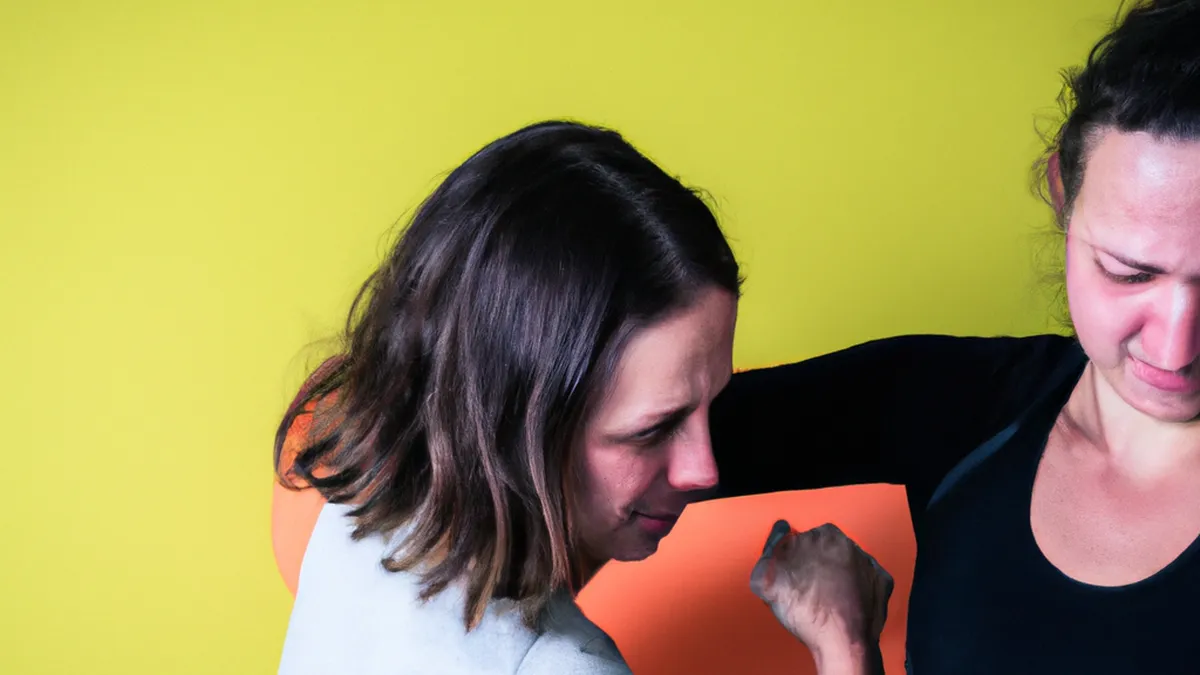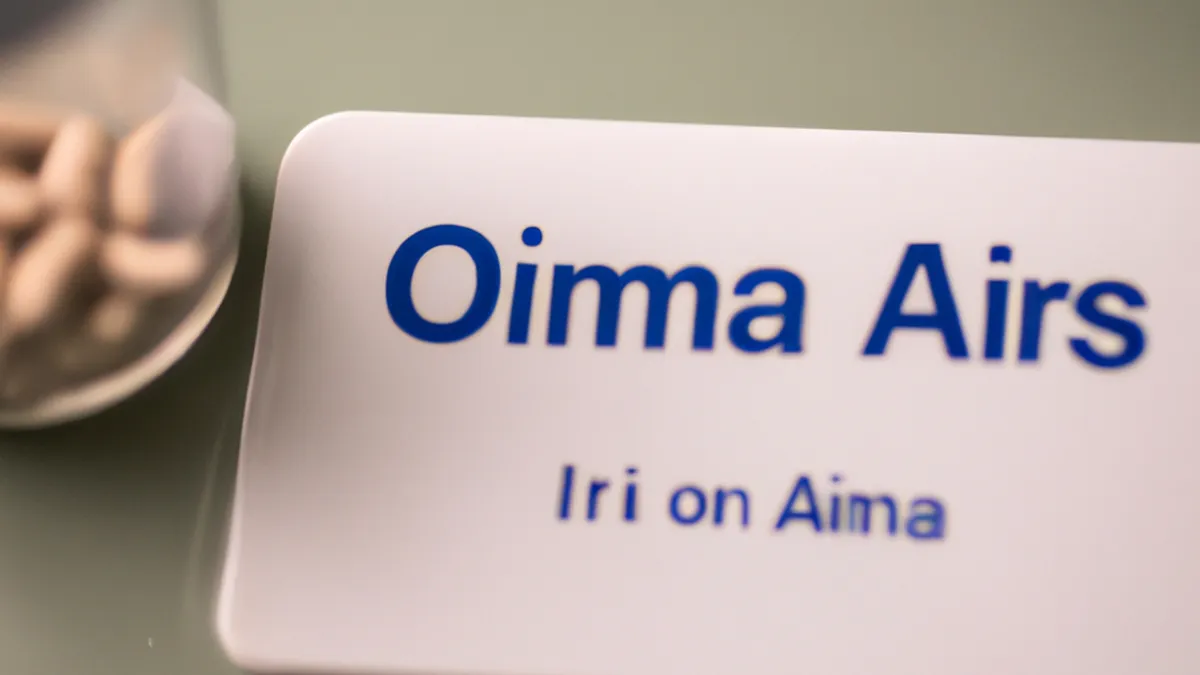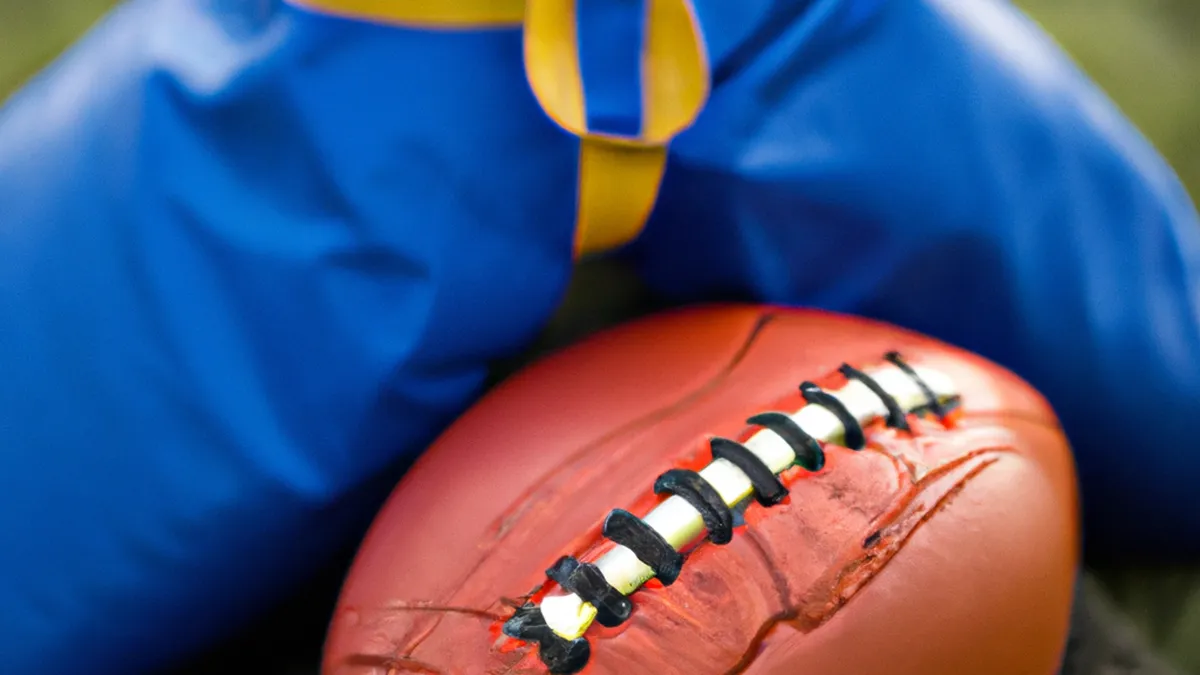Enhance athletic performance through injury prevention
Strategies for Preventing ACL Injuries in Female Athletes
As an Amazon Associate I earn from qualifying purchases.
Gear tip: consider kettlebell, adjustable dumbbells and barbell collars to support this workout.
ACL injuries concern many in sports, particularly female athletes. Research shows women face an eightfold higher risk of ACL injuries compared to men. Factors like biomechanics, muscle strength, and hormonal influences contribute to this risk. However, effective strategies exist to help female athletes remain safe and competitive.
Understanding the Risk Factors
Understanding ACL injury risk factors is essential before implementing prevention strategies. Female athletes often have different muscle strength and joint alignment than males. These differences increase their injury susceptibility, especially in high-impact sports like soccer, basketball, and volleyball.
Hormonal fluctuations during the menstrual cycle can increase ligament laxity. Additionally, anatomical differences, such as a wider pelvis, lead to a greater Q-angle, contributing to knee instability. Recognizing these factors helps develop targeted prevention strategies for female athletes.
Focus on Strength Training
Strength training effectively prevents ACL injuries. Strong muscles around the knee provide stability and support, reducing injury likelihood. Incorporate these exercises into training regimens:
1. Hamstring and Quadriceps Exercises
Target both hamstrings and quadriceps to enhance knee stability. Effective exercises include:
– **Leg Curls:** Strengthen hamstrings to balance quadriceps forces.
– **Squats and Lunges:** Engage multiple muscle groups to promote strength in quadriceps, glutes, and core.
2. Core Stability Workouts
A strong core enhances overall stability and athletic performance. Include core stability exercises to maintain alignment and reduce injury risk:
– **Planks:** Engage the entire core to improve stability.
– **Bridges:** Strengthen glutes and lower back for proper body mechanics.
– **Rotational Exercises:** Russian twists improve core strength and rotational stability.
3. Plyometric Drills
Plyometric training enhances explosive power, agility, and coordination. These drills prepare the body for dynamic movements encountered in sports. Effective plyometric exercises include:
– **Box Jumps:** Improve lower body strength and teach proper jumping mechanics.
– **Depth Jumps:** Help athletes absorb impact effectively and promote strong landing techniques.
Implement Proper Techniques
In addition to strength training, use proper techniques to further prevent ACL injuries.
Conclusion
Implementing tailored strategies can significantly reduce ACL injury risk in female athletes. Focus on strength training, core stability, and proper techniques for optimal safety and performance.
Below are related products based on this post:
FAQ
What are the main risk factors for ACL injuries in female athletes?
Female athletes face a higher risk of ACL injuries due to various factors, including differences in muscle strength, joint alignment, and hormonal fluctuations. Anatomical differences like a wider pelvis can increase the Q-angle, contributing to knee instability, which is especially critical in high-impact sports.
How can strength training prevent ACL injuries?
Strength training is effective in preventing ACL injuries by building strong muscles around the knee, which provide stability and support. Targeting both hamstrings and quadriceps through exercises like leg curls, squats, and lunges is essential. Additionally, core stability workouts and plyometric drills can enhance overall athletic performance and reduce injury risk.
What techniques should female athletes implement to minimize ACL injury risk?
In addition to strength training, female athletes should focus on using proper techniques during sports activities. This includes maintaining correct body alignment and employing effective jumping and landing mechanics to reduce the likelihood of injury when performing dynamic movements.















Post Comment